Willa Beatrice Brown was a trailblazer with a life filled with firsts and amazing accomplishments.
She was born to a Native American mother and African American father in Glasgow, Kentucky in 1906. Her parents moved their family to Indiana, where integrated schools promised better educational opportunities for the children.
Willa was an outstanding student and, after graduating from high school in Terre Haute, she enrolled in what is now Indiana State University. She earned her bachelor’s degree in business at age 21 and was immediately hired as a teacher at Roosevelt High School in Gary Indiana—a profession she enjoyed over much of her life.
The late 1920s and early 1930s were a trying time economically in the United States and worldwide, but through hard work and dedication, Willa was thriving. She held positions as teacher, post office clerk, secretary, and laboratory assistant in colleges. Later, she was employed by the Works Projects Administration (WPA) and as a social worker. The latter occupation brought her to Chicago, where she would eventually enroll in Northwestern University and earn her Master’s degree in Business Administration.
In Chicago, her fascination with aviation became a hobby first, and later her profession. Willa, along with many of her contemporaries, was fascinated and inspired by Bessie “Queen Bess” Coleman’s legacy—the first African American woman to earn a pilot’s license. Bessie had been turned away from American flying schools because of her race and gender, and instead obtained her license in France, making headlines when she returned, and performing exhibition flights throughout the United States. Coleman's life was tragically cut short when she was killed at 34 years of age in a flying accident. Willa would later organize flyovers and flower drops to her grave in Lincoln cemetery outside of Chicago.
Inspired to push her own boundaries, and intrigued by both the mechanics and the thrill of flying, Willa started taking aviation lessons at Chicago’s segregated Harlem Field from John Robinson and Cornelius Coffrey—two key figures in the history of African American aeronautics. She also attended classes at the Curtiss-Wright Aeronautical University—the school that Robinson and Coffrey had integrated a few years prior by threatening to sue the institution. Like everything Willa set her mind to, she excelled in her classes and earned a master mechanic’s certificate in 1935. Three years later, she received a pilot's license, making her the first African American woman in the United States to do so.
Willa Brown as a young woman, standing on an airfield, between two planes. Courtesy of the San Diego Air and Space Museum.
Willa used her energy and grit to promote civil rights and encourage participation in aeronautics within the African American community in Chicago and beyond. Toward this goal she teamed up with her former teacher, mentor and now husband, Cornelius R. Coffrey, and founded the Coffrey School of Aeronautics in a Chicago suburb. The school offered both academic and hands-on education without restrictions on gender and race. It was the first Black-owned and operated private flight training academy in the United States of its sort. Willa was involved in nearly every aspect of the school—from running the business to managing the luncheonette—and was its director between 1940 and 1941.
Around the same time, Willa became a founding member of the National Airmen’s Association of America (NAAA), the first Black aviators’ group. She served as the national secretary and president of the Chicago branch of the NAAA, whose main objective was to pursue the participation of African Americans in aviation and aeronautics, as well as bringing African Americans into the armed forces.
The work of both the school and the NAAA gained traction with the onset of World War II, as a serious shortage of experienced pilots made headlines across the country. A 1939 Time Magazine article on the topic mentions Willa and the NAAA, giving a national platform for their proposed solution to the problem: train African American men to become pilots!
Willa advocated tirelessly for desegregation in the military, and her school finally became part of the government-funded CPTP, the Civilian Pilot Training Program (later the WTS, War Training Service Program), established to provide the country with enough experienced aviators to improve military preparedness. It allowed for participation of African Americans on a "separate-but-equal" basis. Willa was named federal coordinator for the CPTP in Chicago and, while the Coffrey School was not allowed to train pilots for the Army, it was chosen to provide African American trainees for the pilot training program at the Tuskegee Institute in Alabama. This program led to the creation of the famed Tuskegee Airmen and Willa was directly responsible for training over 200 future Tuskegee Airmen and instructors. In that, Willa and the Coffrey School were special: Only 10 Black colleges and the Coffey School of Aeronautics were certified to conduct flight training programs of this sort.
Willa Brown's engagement didn’t stop with the school’s inclusion into the Civilian Pilot Training Program. In 1942 she achieved another distinction. The Civil Air Patrol (CAP) was the organizing body behind the concept of using civilian aviation resources to aid the war effort. After lengthy debates on the role of civilian aviation in wartime, with many voices advocating mere grounding, the CAP proved vital in the early years of the war effort. They flew missions in anti-submarine and border patrols, and fulfilled much-needed courier services. Commissioned a lieutenant, Willa became the first African American officer for this branch. Shortly after, she earned her mechanic’s license, making her the first American woman to have both a mechanic’s and commercial pilot’s license.
Brown and her male colleagues being sworn in as officers of the Civil Air Patrol, 1942. Courtesy of the Federal Aviation Administration, National Archives.
By now, Willa had gained such notoriety in her role as aviatrix extraordinaire, that Charles Henry Alston, famous artist of the Harlem Renaissance, created her image in his work for the Office of War Information and Public Relations. In an attempt to “foster goodwill with the Black citizenry,” Alston’s assignment included the creation of drawings and portraits of notable African Americans which were then distributed to newspapers throughout the country. Willa is shown as the “Aviatrix, Maker of Pilots” along with other of her many accomplishments. Alston’s work also reminded the reader that Willa, incredibly accomplished and holding many high ranks, “still likes to hop into a plane and dash off a few loops, rolls and wing overs!”
After the war, Willa and Cornelius closed the Coffrey School of Aeronautics and were divorced. However, Willa continued her political engagement and, in 1946, became the first African American woman to run for congress. She lost to the Democratic incumbent but remained an active voice in the struggle for civil rights until her death.
This woman of many firsts and of fascinating energy, will-power and strength died at the age of 86 on July 18 1996. She is interred in Lincoln Cemetery, the same resting place as her heroine Bessie Coleman.
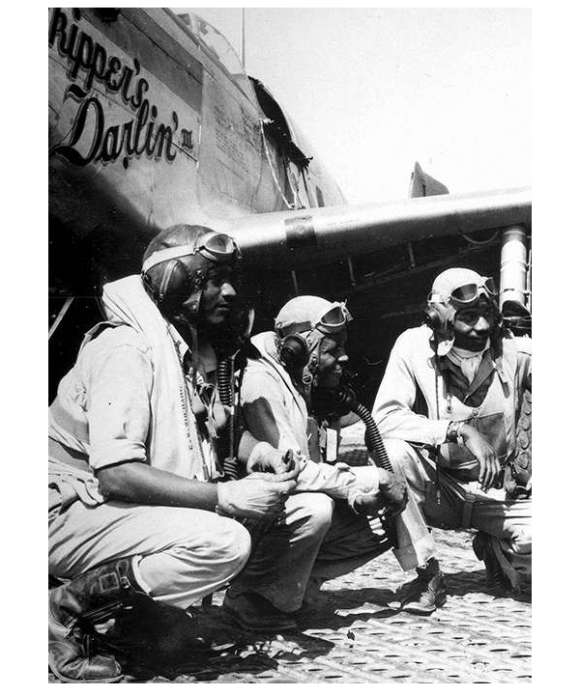
The Tuskegee Airmen: An Interview with the Leading Authority
Daniel Haulman, PhD, one of the world's leading authorities on the all African American Tuskegee Airmen, joins us for an interview on their service, challenges, and legacy.
Tanja B. Spitzer
Tanja B. Spitzer, a native of Germany who came to New Orleans a little over a decade ago to study at Tulane University, is an expert on transatlantic history and cultural diplomacy.
Cite this article:
MLA Citation:
APA Citation:
Chicago Style Citation:
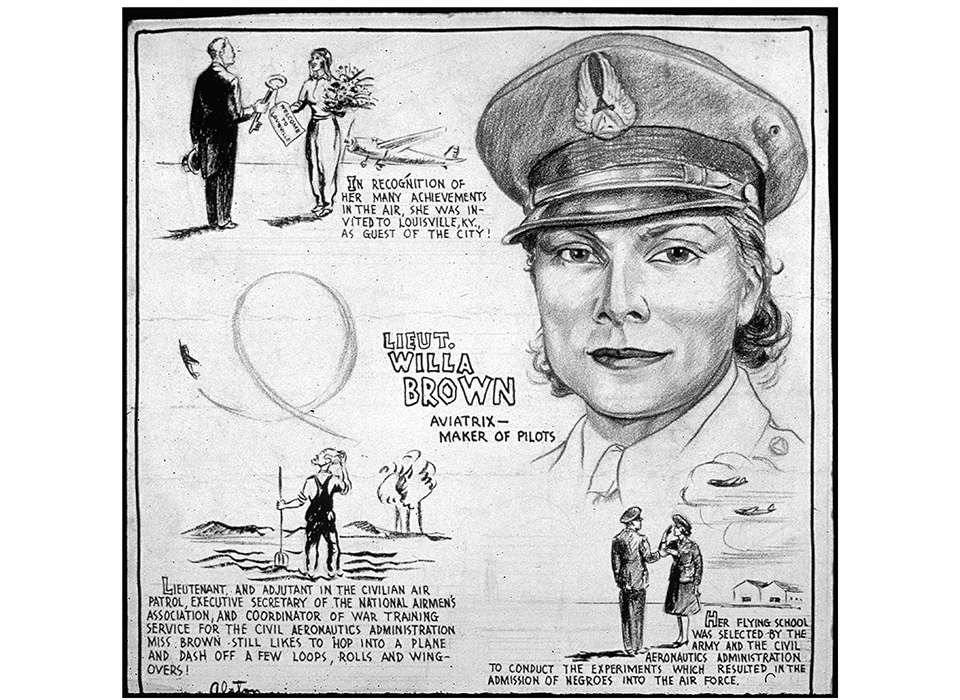
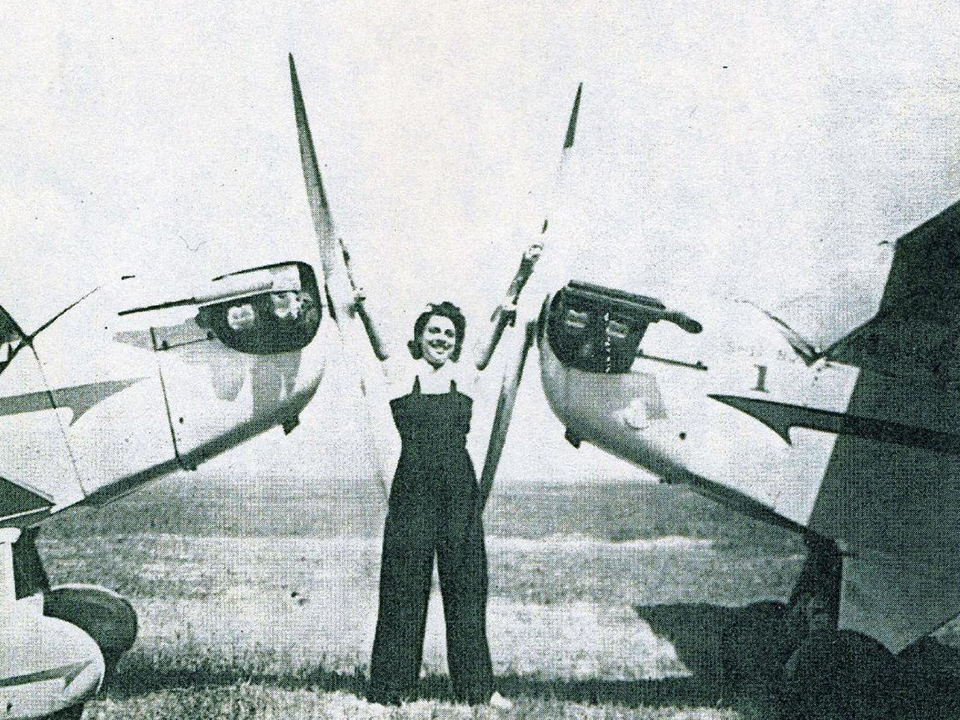
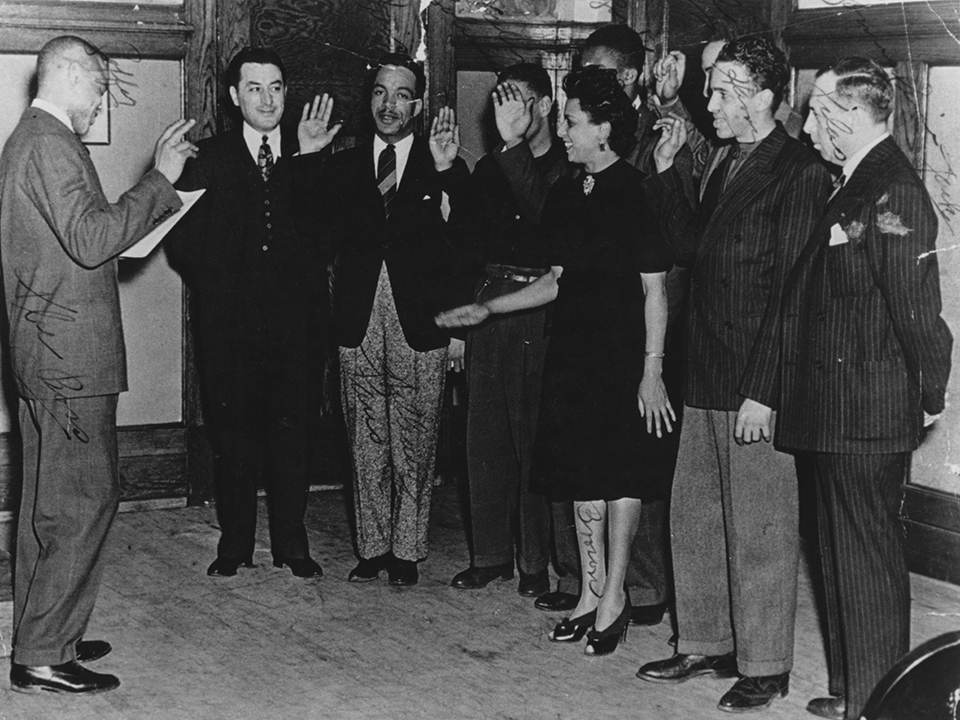
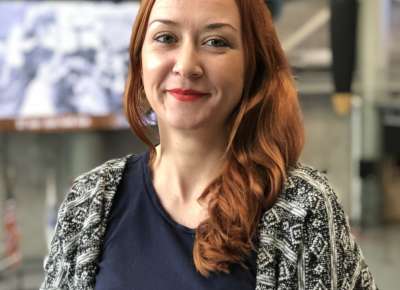




![Max Fuchs, New York City cantor, sings as Rabbi Sydney [sic] Lefkowitz, Richmond, VA, conducts the first Jewish services from Germany.](/sites/default/files/styles/max_650x650/public/2025-10/image1.jpg)


